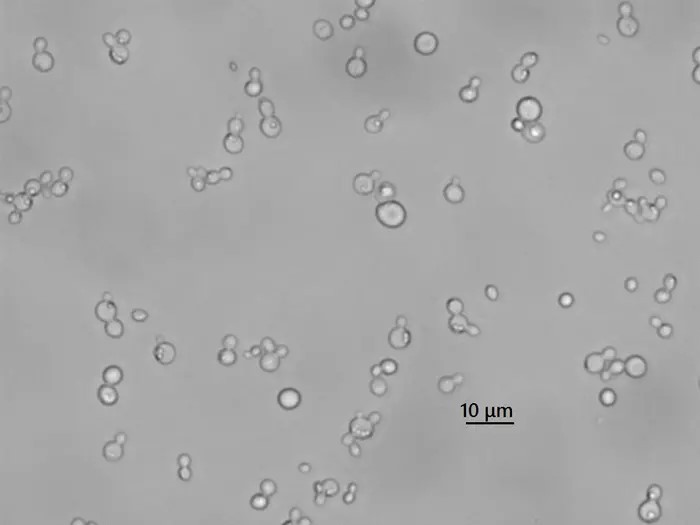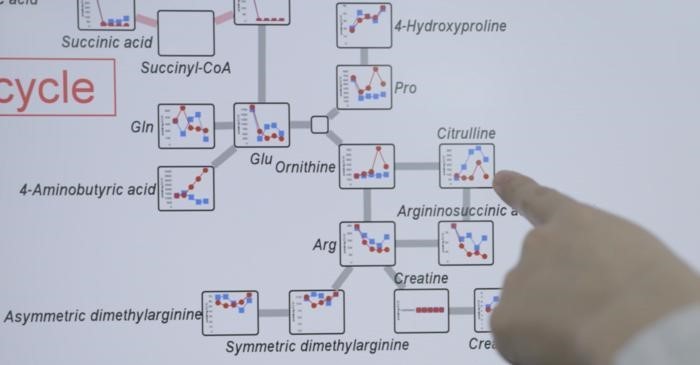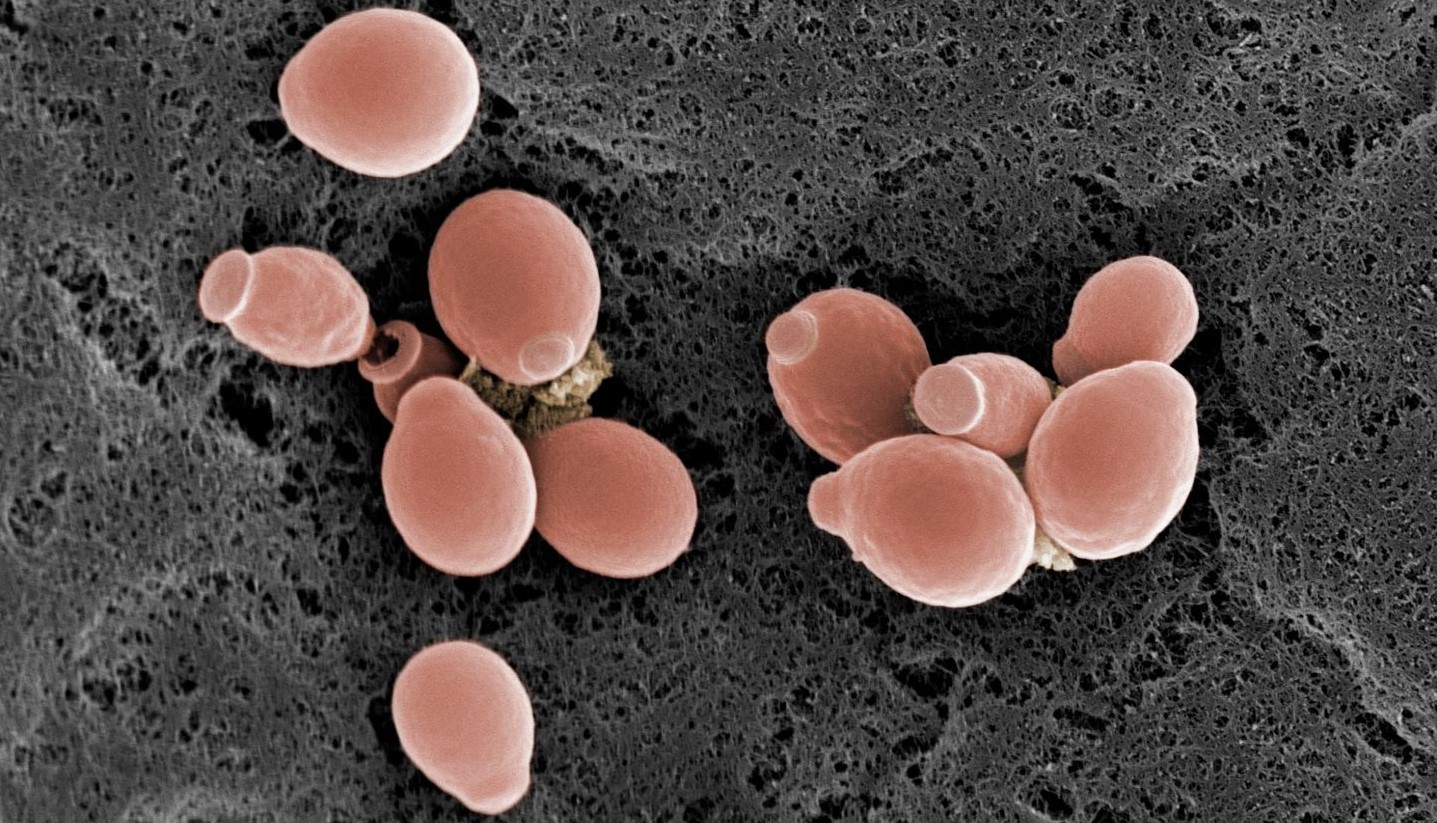Bioengineered Yeast Turning Herbal Medicine into Mainstream Medicine
By tweaking yeast’s molecular machinery, researchers achieved tenfold gains in artepillin C production, marking a breakthrough for plant compound manufacturing
Nov 12, 2024
[Jannicke Wiik-Nielsen/Canva]
Let’s talk about herbal medicine. The stuff that’s supposedly loaded with beneficial compounds yet stubbornly resists mass production. Normally, the medicine aisle is flooded with "natural" products that can't be scaled up—largely because plants are not factories. But in a notable twist, Kobe University’s bioengineers have cracked part of the code, using yeast to produce artepillin C, a plant-derived compound with enough health benefits to pique anyone’s interest. Findings from this new study were published recently in ACS Synthetic Biology.

Artepillin C itself is a rare molecule. It’s antimicrobial, anti-inflammatory, antioxidant, and even has anticancer potential—like a wonder molecule in a wellness influencer’s dream come true. But there’s a catch: naturally, you get it from bees that gather it from a particular plant. That’s neither efficient nor scalable. Enter the lab of Kobe University’s bioengineering expert, Hasunuma Tomohisa. His team has developed a way to produce artepillin C using bioengineered yeast, essentially turning it into a fermentation marvel.
But let's break down what that means. Producing plant compounds in a lab isn't like throwing ingredients in a blender. It’s high-stakes molecular engineering. To make this work, Hasunuma’s team needed to pinpoint the enzyme plants use to produce artepillin C. They got a helping hand from Kazufumi Yazaki at Kyoto University, who recently mapped this elusive enzyme. Once they had the code, Hasunuma’s team inserted it into the yeast Komagataella phaffii. Why this yeast? Well, unlike your garden-variety brewer’s yeast, K. phaffii doesn’t churn out alcohol that kills cells; instead, it quietly reproduces at high density—a much friendlier environment for chemical production.
So, what did they find? The modified yeast churned out artepillin C at ten times the previously recorded levels. That’s huge. But here’s where it gets fascinating: artepillin C isn’t the easiest thing to harvest. It tends to accumulate inside the yeast cells instead of floating freely in the growth medium, complicating the extraction process. Hasunuma’s team had to strip out certain mutations from the yeast to allow for denser cell growth. By essentially beefing up the cells' resilience, they turned their yeast into mini artepillin C factories.

And there’s more up their sleeves. The Kobe researchers have ideas for further boosting yields, such as tweaking the enzyme responsible for the final production step and even creating a molecular "transporter." Imagine this transporter as a kind of molecular bouncer—letting artepillin C leave the cell while keeping valuable precursor compounds locked inside, ready to crank out even more of the good stuff.
Beyond artepillin C, this breakthrough holds promise for a range of plant-derived compounds. You see, the universe of herbal medicine isn’t limited to one “miracle” molecule—there are thousands of similar compounds hiding out in plants. Theoretically, Hasunuma’s engineered yeast could be adapted to produce any number of these, shifting us closer to a world where herbal medicine is scalable, reliable, and affordable.
So, here’s where we are: Kobe University has taken a stubbornly natural process and bent it to the will of science, making herbal medicine one step closer to mainstream medicine. And as fascinating as that is for researchers, it’s even more exciting for anyone waiting for evidence-based medicine to deliver plant-based benefits without the folklore.


















